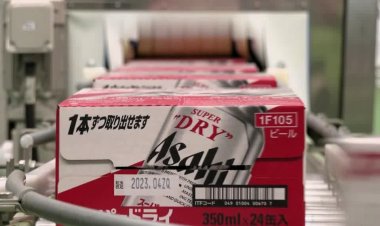Japan taps rice reserves to curb prices

Japan's Agriculture Minister Shinjiro Koizumi visited a government rice stockpile near Tokyo, as officials and retailers prepare to sell rice to address rising prices of this staple food. During his inspection at a storage facility in Kanagawa prefecture, Koizumi expressed confidence in the quality of the rice, harvested in 2021, stating that it could be supplied without issues.
The surge in rice prices, driven by crop damage and increased tourism demand, has become a pressing concern for consumers and is affecting the government's popularity ahead of the upcoming July elections. In response, Koizumi has initiated a significant policy shift by announcing a direct sales strategy aimed at stabilizing the market.
He revealed plans to release 300,000 metric tons of rice from government reserves, selling it directly to major retailers at a fixed price of approximately ¥2,000 ($14) per 5 kilograms, which is about half the current supermarket average. This initiative is designed to counteract the sharp rise in rice costs and address public dissatisfaction.
The new approach marks a departure from previous auction-based distribution methods, which had proven ineffective due to bottlenecks. The government will cover transportation costs to ensure the rice is available by early June. Nineteen companies, including Pan Pacific International Holdings and Sundrug, have applied to purchase rice from the emergency stockpile, totaling 90,824 metric tons—about 30% of the available supply.
Koizumi's swift actions follow the resignation of his predecessor, Taku Etō, who faced backlash for comments perceived as out of touch with economic realities. The government's proactive measures have garnered a positive response from retailers, leading to a temporary pause in stockpile sales as companies quickly acquired the available rice. This suggests that the government's efforts may effectively mitigate soaring rice prices and alleviate cost-of-living concerns for consumers as the rice crisis continues to impact daily life in Japan.















